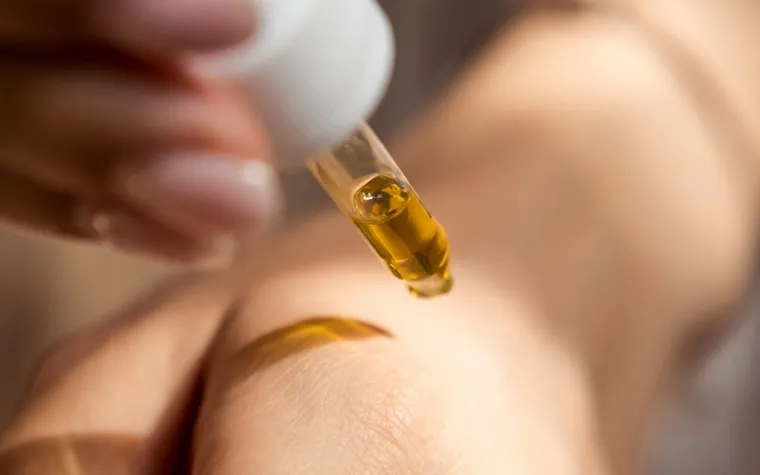Psoriasis is a chronic skin condition that affects millions of people worldwide, causing red, scaly patches that can be itchy and painful. While there is no cure for psoriasis, there are various treatments available that can help manage symptoms, reduce flare-ups, and improve the overall quality of life for those affected. This article explores the most effective psoriasis treatments, from topical therapies to advanced biologics, and highlights the visual changes that these treatments can bring about.
Understanding Psoriasis
Psoriasis occurs when the immune system mistakenly attacks healthy skin cells, leading to the rapid growth of skin cells that build up on the surface, forming thick, scaly patches. The condition can affect any part of the body, but it is most commonly found on the elbows, knees, scalp, and lower back. Psoriasis can range from mild to severe and can be triggered by factors such as stress, infections, skin injuries, and certain medications.
Common Psoriasis Treatments
Topical Treatments
Topical treatments are often the first line of defense against psoriasis, especially for mild to moderate cases. These treatments are applied directly to the skin and include:
- Corticosteroids: These anti-inflammatory creams and ointments help reduce redness, swelling, and itching. They are one of the most commonly prescribed treatments for psoriasis.
- Vitamin D Analogues: These synthetic forms of vitamin D help slow down the growth of skin cells, which can reduce the scaling and thickness of psoriatic plaques.
- Topical Retinoids: Derived from vitamin A, topical retinoids can help normalize skin cell production and reduce inflammation.
- Coal Tar: An older treatment, coal tar helps reduce scaling, itching, and inflammation. It is often used in shampoos for scalp psoriasis.
Phototherapy
Phototherapy, or light therapy, involves exposing the skin to ultraviolet (UV) light under medical supervision. UVB light, in particular, can slow the growth of affected skin cells. Phototherapy can be administered in a doctor’s office or at home with a prescribed lightbox. This treatment is often recommended for moderate to severe psoriasis or when topical treatments are not sufficient.
Systemic Medications
For more severe cases of psoriasis, systemic medications may be prescribed. These medications work throughout the body and can be taken orally or by injection:
- Methotrexate: This medication suppresses the immune system and slows down the growth of skin cells. It is typically used for severe psoriasis and psoriatic arthritis.
- Cyclosporine: Another immunosuppressant, cyclosporine, helps reduce the overactive immune response that causes psoriasis.
- Oral Retinoids: These are used for severe psoriasis and can help reduce scaling and inflammation.
Biologic Treatments
Biologic drugs are a newer class of treatment that target specific parts of the immune system responsible for psoriasis. These drugs are often used when other treatments have failed or for severe psoriasis. Biologics are administered by injection or intravenous (IV) infusion and include:
- TNF-alpha inhibitors: These drugs block a protein called tumor necrosis factor-alpha (TNF-alpha) that plays a key role in the inflammatory process.
- IL-12/23 inhibitors: These target specific proteins involved in the immune response that leads to psoriasis.
- IL-17 inhibitors: These drugs block the activity of interleukin-17, another protein involved in psoriasis-related inflammation.
Visual Impact of Psoriasis Treatments
Visually, the impact of psoriasis treatments can be significant. Before-and-after photos are often used to show the effectiveness of these treatments, illustrating a reduction in the redness, thickness, and scaling of psoriatic plaques. Images may show smooth, clearer skin after successful treatment, with a noticeable improvement in the affected areas. Visuals of topical applications, phototherapy sessions, and injections can also help patients understand the treatment process and set realistic expectations for their results.
Conclusion
While psoriasis is a chronic condition with no cure, there are numerous treatments available that can help manage symptoms and improve the quality of life for those affected. From topical treatments and phototherapy to systemic medications and biologics, the right combination of therapies can reduce flare-ups and bring about significant visual and physical improvements. Working closely with a healthcare provider to develop a personalized treatment plan is essential for achieving the best possible outcomes in managing psoriasis.
